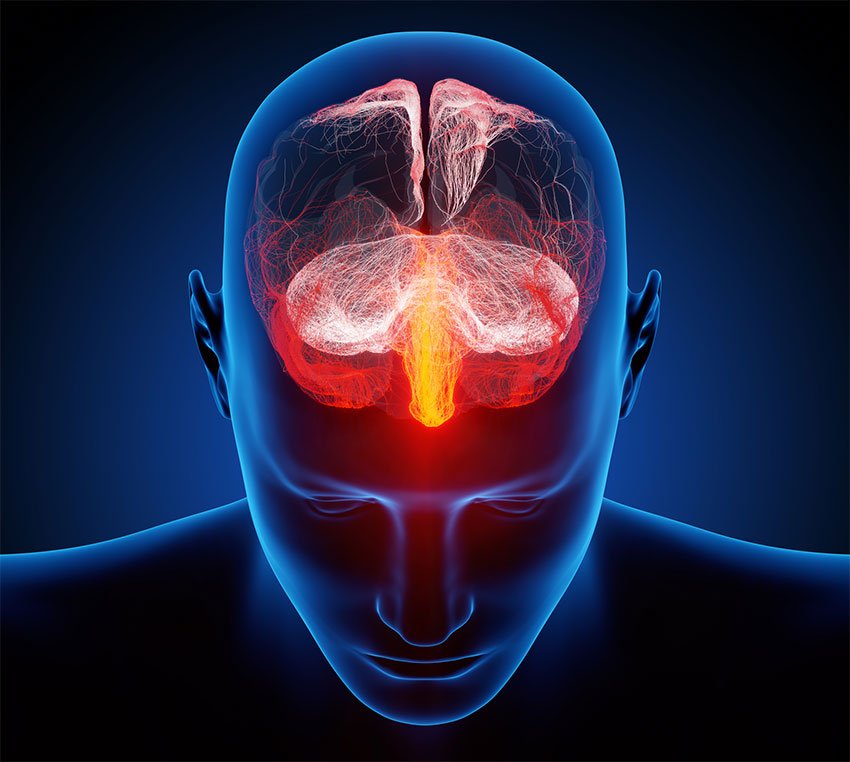People might experience pain differently depending on various emotional and cognitive factors (belief, past experience, anxiety, and expectations). These factors can substantially shape the experience of pain. They function as a kind of volume control for pain, and they play a major role in any pain management.
The interpretation of pain is subjective and it is influenced by several specific thought processes.
Attention
Pain disrupts the person’s attention and forces them to focus on their body. The pain is then judged as a threat, which makes them more aware and urges them toward addressing the injury. Paying close attention to the pain sensations may increase pain intensity. Attention distraction from pain is one of the most used strategies for managing pain. Because you can only attend to one thing at a time. This explains why athletes can continue to play and soldiers can continue to fight when injured. They often don’t notice their injury until the action stops.
 Interpretation
Some people may perceive a pain problem as devastating to one’s well-being whereas others may perceive the same pain problem as an inconvenience that can be tolerated and managed. It is the meaning of how pain influences life activities and the future that fuels much of the pain-related emotions (i.e., suffering). For example, the emotional aspect of cancer pain is quite different from labor pain. The positive emotional consequences of labor pain may offset, to some degree, the unpleasantness of pain.
Attitudes toward pain
Cultural factors influence beliefs, perceptions, and emotions. Culture can influence how an individual communicates pain, pain tolerance, and pain catastrophizing. Some cultural groups expect an excessive display of emotion in the presence of pain, while others value stoicism, restraint, and playing down the pain, or accepting pain as a natural part of life. For example, in some Asian cultures, there is a tendency to avoid talking about one’s own pain.
Catastrophic thinking
Catastrophic thinking can be defined as imagining the worst possible result that could happen. Catastrophizing may worsen pain by making a person focus and attach additional emotion to it. Catastrophic thinking can also be viewed as a coping strategy used to draw support from others, such as showing an excessive display of pain in the hope of gaining better support. The social reinforcements of exaggerated illness behavior can serve to sustain it.
Sense of agency
Having control over an unpleasant stimulus can make it feel less painful. Evidence has shown that patient-controlled analgesia allows a patient experiencing pain to self-administer analgesics to be effective for acute pain management. Patients clearly feel better as their sense of control increases. Pain is no longer a threat when we know we are not entirely at its mercy.
Expectations
The subjective experience of pain is largely shaped by our expectations. When people expect to have more pain, they have more pain, and vice versa. Expectations are a fundamental component of the placebo effect. The placebo effect means that when someone expects that a treatment will work, it tends to work better than if the person expects that it will not work. The placebos are effective because people believe in them. In fact, a placebo is an effective pain therapy without any side effects.
Anxiety
Anxiety is well known to increase pain. Anxious people seem to have a lower pain threshold. Some people (mostly men) even shy away from seeing doctors because they fear receiving bad news. Some deny their pain through pills, narcotics, alcohol, etc. In contrast to the effects of anxiety in intensifying pain, positive emotional states (such as could arise when listening to pleasant music), generally, reduce pain. For example, research shows that pain is reduced when partners hold hands.
In summary, psychological factors play a huge role in pain perception. The mind and emotions can powerfully exaggerate or diminish the perception of pain. Pain is not a purely sensory experience reflecting underlying tissue damage. Emotions, beliefs, and actions are vital parts of the human pain experience (Morris, 1991).
Remedial Massage
Remedial Massage can aid you in gaining a sense of control over your pain, as with each treatment you are able to gain relief, and by performing your home care prescribed by your therapist, you can continue to work on your pain relief between appointments. You’re therapist will give you a sense of self-empowerment as you work together to reach your therapeutic goals.






